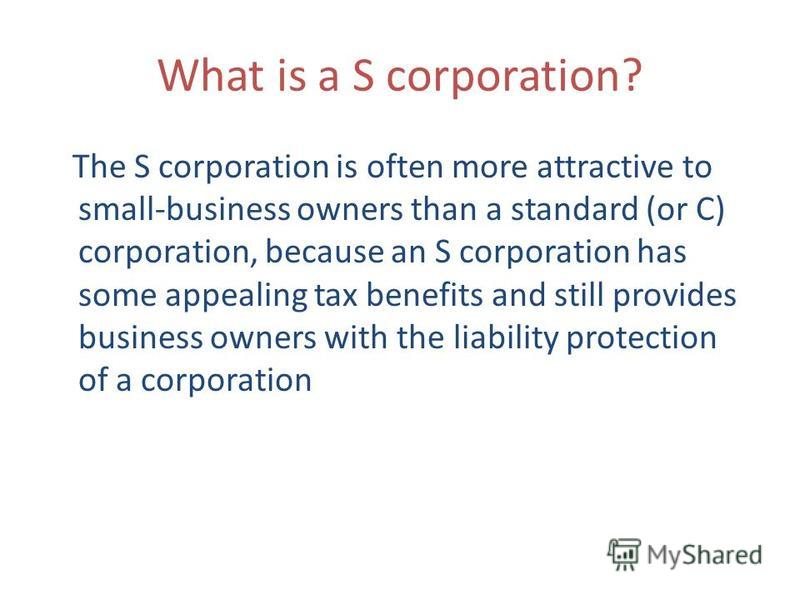Content

Additionally, you will be required to re-file your DBA or “Doing Business As” to retain your company name. For the conversion, you will also be required to obtain an EIN or Employee Identification Number from the IRS. As a sole individual proprietor, one will have to do all the work usually handled by an employer. This means that you’ll be responsible for withholding and paying all your income taxes, which most employees never think about.
Additionally, technology products tend to have high margins, which can result in high profits for your business. Businesses of all sizes will need a lawyer at some point, whether that is to register their business or to deal with a client that isn’t paying. The best online legal services are affordable and able to quickly solve your legal issues. You can read our guide to the best online legal services to learn more. Do not include Social Security numbers or any personal or confidential information. Nonprofits must file with the IRS to get tax exemption, a different process from registering with their state.
- We believe that better banking products can make the whole financial system more inclusive.
- These shed many formalities that typically govern corporations and apply to smaller companies.
- To make any sale attractive, a proprietor must find someone with comparable skills willing to purchase the goodwill the owner has built up.
If your goal is to own and operate your own business, you’ll need to set up a sole proprietorship. Since launching in 2005, Kate’s Real Food has grown to supply accounts across the country. In response, Schade restructured the business from a sole proprietorship to a corporation to take on investments and expand, a natural step for a growing business. In setting up a sole proprietorship, you won’t find any differentiation in the way taxes are filed and paid.
If the business cannot satisfy its obligations, creditors may pursue the proprietor’s personal assets in order to be repaid. There is no legal separation between the owner and the business, so the owner gets 100% of the profits. Although all profits go to the owner, taxes are paid once, and proprietors pay taxes individually.
Step 11: Pay your taxes.
Sole proprietors who operate under their own name—rather than “doing business as” under a fictitious name—can generally keep their business income in their personal bank accounts. But keeping them separate is often beneficial, as it allows you to keep better tabs on your company’s finances by not intermingling them with your personal finances. Government rules for larger enterprises and public companies, such as financial disclosure, require far more administration and do not apply to sole proprietorships. Though the process varies depending on the jurisdiction, establishing a sole proprietorship is generally an easy and inexpensive process, unlike forming a partnership or a corporation[1].

One of the key differences between a sole proprietorship and an S Corp, is that a sole proprietorship is owned and operated by a single person. This keeps the owners and shareholders assets protected from the business’ liability or debts. While sole proprietorships are run by one owner, S Corps are run by a board of directors. A limited liability corporation (LLC) provides the business owner liability protection and tax advantages.
Personal trainer
Unless you apply for an employer identification number (it’s not mandatory), you can simply use your Social Security number when filing taxes or applying for business financing. Deciding what type of business entity to use when starting a business is an important decision. You might be happy with a sole proprietorship or consider a partnership, LLC or corporation.

For example, in the case of pharmacy business, Drug License is required. Also, the owner can close the business whenever he desires by paying back its debts. Therefore, it is easy to form and close this type of business organization. Any losses or profits made by a sole proprietorship are passed through to the proprietor’s income taxes and are included on the owner’s tax return.
Paying Income Taxes on Your Business Income
Also, you will have to refile your DBA (or doing business as) to keep your company name. A sole proprietorship is best suited to small businesses with low risk and low profits. Generally, these businesses don’t have a wide range of customers but rather a small, dedicated group. Sole proprietorships often start as hobbies that grow into a business. When a sole proprietor seeks to incorporate a business, the owner usually restructures it into an LLC. For this to work, the owner must first determine that the name of the company is available.

After the trial, the jury returns a verdict against Kate as the owner of the business. This means he can go after all of Kate’s business and personal assets. You can write off all your business expenses as a sole proprietor in the same way as other business types can. See the Instructions for Schedule C for a list of deductible expenses along with qualifications and limitations.
Different Categories of Sole Proprietorships
It is an unincorporated business and the business owner has to pay personal income tax on all of the business profits. Most sole proprietors contract with businesses or work as consultants. Many small business owners love the flexibility and ease of a sole proprietorship. However, as your business grows, you might want to share the management, bring on investors, or limit the risk to your own personal finances. In this case, the logical next step may be to become a limited liability company (LLC).
- In setting up a sole proprietorship, you won’t find any differentiation in the way taxes are filed and paid.
- A sole proprietor business is the easiest business type to start and operate.
- In many countries, the business owner is required to register with the appropriate local authorities, who will determine that the name submitted is not duplicated by another business entity.
- However, if you want to operate under a different name, say, “Global Business Consulting Services,” you’d want to register a fictitious or “doing business as” name, also known as a DBA.
Otherwise, if the individual is working independently under their own name, they have already started a sole proprietorship. Sometimes businesses start off as sole proprietorships and incorporate later, when they need to hire additional employees or simply want to separate their business and personal finances. First and foremost, focus on the needs of your business when deciding between an LLC, a corporation, and a sole proprietorship. If you’re new to being an entrepreneur — for example, you’re a freelancer just starting to find clients — a sole proprietorship is an easy and cost-effective option.
Freelance Nonfiction Book Editor
There is a special calculation on your business tax form for this cost. Small Biz Ahead is a small business information blog site types of sole proprietorship from The Hartford. Any company we affiliate with has been fully reviewed and selected for their quality of service or product.
Once you’ve determined a sole proprietorship is right for you and your business, it’s time to talk to the experts. A sole proprietor may operate as an independent contractor (a freelancer), a business owner, or a franchisee. For example, Kate Schade started her company, Kate’s Real Food, as a sole proprietor. The company creates and sells energy bars and began as a local vendor in Jackson Hole, Wyoming.
Some work at studios while many work on location for whatever event they are capturing. Most are solopreneurs, meaning they work on their business all by themselves. Forms, publications, and all applications, such as your MyFTB account, cannot be translated using this Google™ translation application tool. For forms and publications, visit the Forms and Publications search tool. Startups in their early stages face the challenge of limited data, leading investors to evaluate the co-founding team’s potential for success.
Once these few minor licensing issues have been addressed, the sole proprietor is free to conduct business. You’re directly responsible for all decisions, profits, losses and liabilities resulting from the operation of the business. You typically report revenues and expenses on IRS Form 1040 Schedule C, which either adds profits to or deducts losses from your other reported taxable income. This is the most common form of business ownership in the United States with about 73% of all small businesses registered in this manner. A sole proprietorship is a type of business entity that is owned and operated by one individual.
As a sole proprietor, you’re in charge of all aspects of your business, including revenue. You decide how much you want to pay yourself and contractors (if you have any). You do, however, have to get the necessary licenses and permits to legally run your business, such as sales tax permits and zoning permits. As a sole proprietor, you are fully responsible for making choices and decisions for your business. As opposed to a partnership or an LLC, you don’t need to consider the opinions of shareholders or legal partners. You are free to steer your business in any direction you think works best.